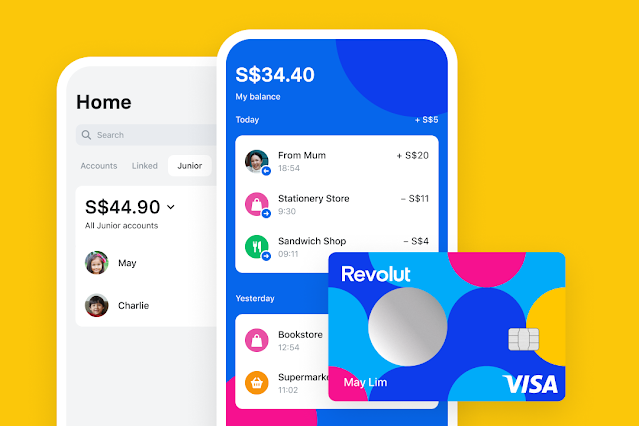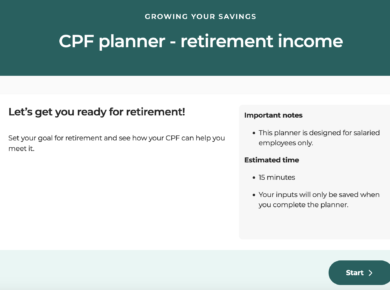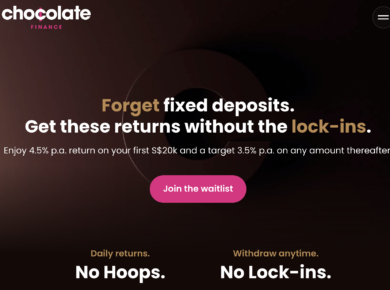With the rise in digital payments and online shopping, parents need to find new ways to educate their children about money – and at an earlier age, too. But how can parents teach their children good money habits, especially as they can no longer see it in an increasingly cashless world? Revolut Junior can help, and here’s why you might want to get it for yourself and your child(ren).
You guys have heard me talk about Revolut on this blog several times before, as I previously mentioned how its multi-currency card is a great alternative to swiping credit cardsabroad (as you’re charged expensive DCC fees and poor FX conversion rates). One new development they added was that of Revolut Junior, but sadly it wasn’t available for Singapore…until now.
Since Junior was launched in the UK, US and other overseas markets, over 350,000 Junior accounts have been set up.
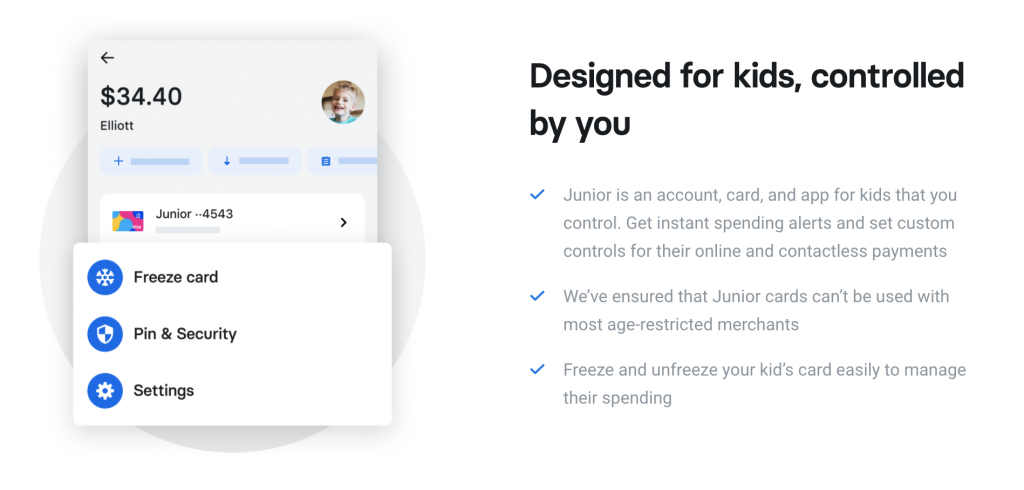
Revolut Junior – the app to teach your kids about money
If you want your child to learn good financial habits when it comes to earning, saving and spending, you’re going to love what Revolut Junior offers.
Designed for kids aged 7 – 17, it is meant for parents who are starting to teach their children about money.
You can allocate funds into their account, and they get a card that they can use to spend with. Like a debit card, they won’t be able to spend more than what they have in their account. Thanks to the security features by Revolut, your child won’t be able to use their Junior card at certain age-restricted merchants – such as those selling alcohol, cigarettes or even gambling websites. So yes, if your child is using it to buy gaming items on sites like Roblox, you’ll get alerts too.
You’ll be able to see where and what they’ve been spending on, which then allows you to have those teachable conversations with them about money.
As your child grows older, you can introduce them to their own Revolut Junior app to teach them independence skills when it comes to managing their own money – the app helps them to plan their own budgets, and even save up for goals.
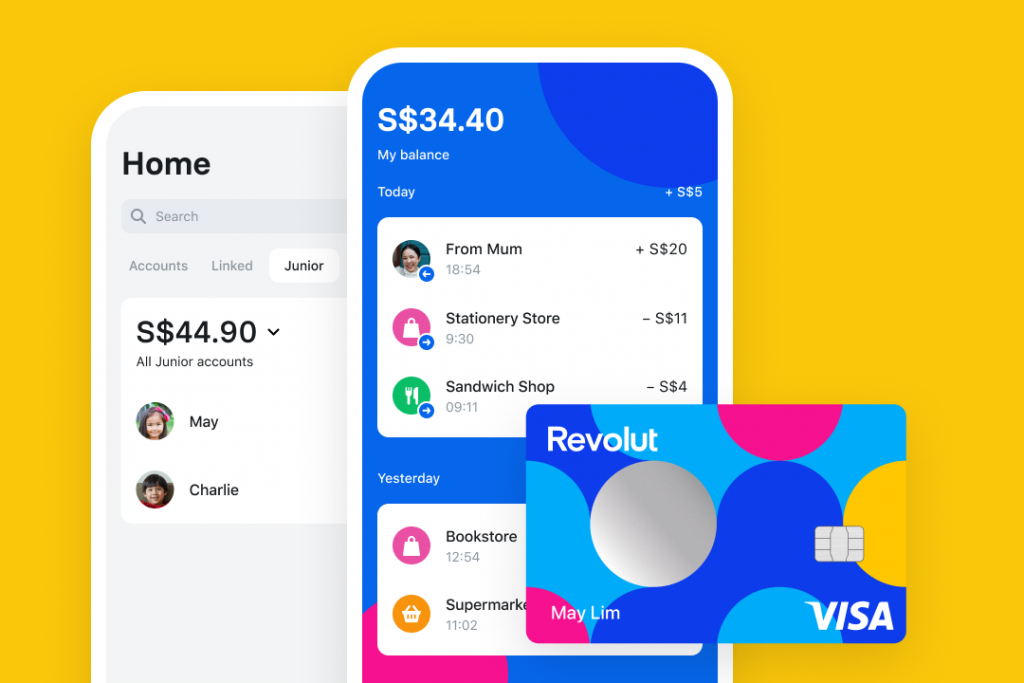
For Primary School kids
At age 7 (primary one), that’s usually when most Singaporean kids start receiving pocket money.
While cash is still king for many primary schools which have yet to be equipped with cashless payment terminals, the Junior card can come in handy whenever they’re out with you on weekends, or when they’re buying snacks at 7-11 after their enrichment classes.
The best part is, because you can see and monitor all these transactions on your own Revolut app, you’ll be able to step in when your child might be overspending, while teaching them about how good spending habits and giving them a sense of how cashless payments work in our society.
My son is not even 3 yet, but even he is already asking for my credit card so that he can help me to pay for my groceries at Fairprice cashier counters!
For Secondary School kids
Once your child enters secondary school, they tend to spend more time out with friends. I recall my high school days fondly, where my girlfriends and I would head to the various malls nearby for lunch and shopping after school, especially during the 2 to 3-hour breaks before our CCA.
These fast food restaurants, eateries and shops all accept cashless payments, and that’s where your child’s Junior card is bound to come in handy.
But instead of cash (my parents never knew what I was buying since my era only had cash, or they would definitely have scolded me for eating one too many McDonalds…), they get to experience paying via cashless just like how the rest of society does it nowadays.
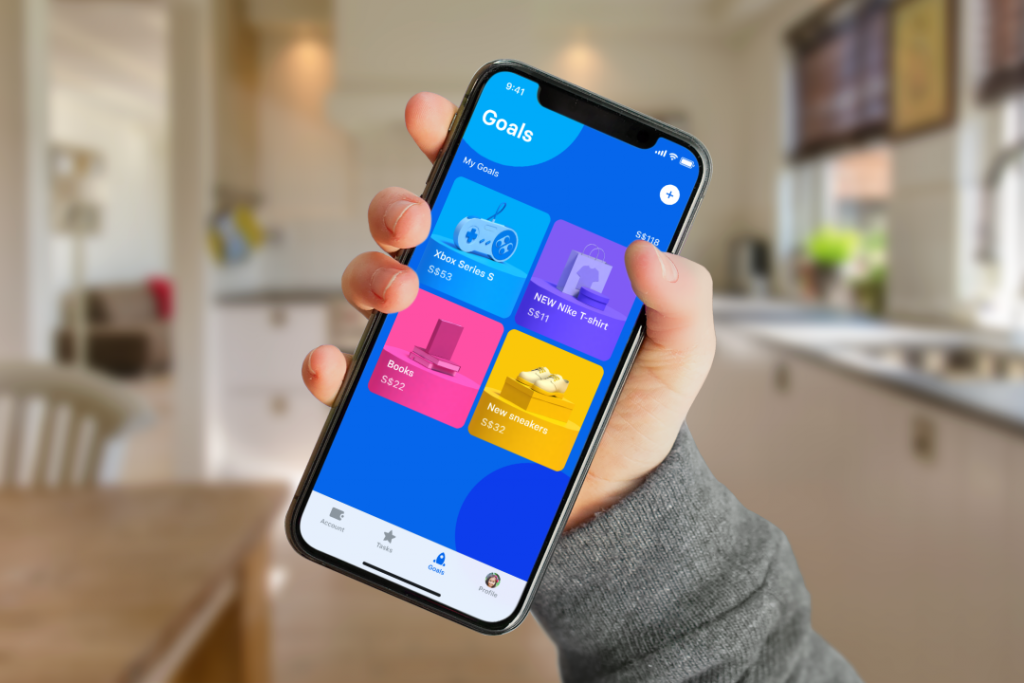
If your child has their own smartphone, they can use the card in conjunction with their Revolut Junior app. Here, you can also choose to upgrade for more features like
- Tasks – set errands or tasks and reward your children for completing them
- Weekly Allowance – automate their weekly pocket money to be added to their account on your behalf
- Goals – encourage them to save up their spare change towards a future purchase
For instance, I used to love buying CDs (all you Gen Z folks, don’t judge – they were big during our time in an era where Spotify and Youtube didn’t exist) but they cost $19.90 per album…which was equivalent to 4 weeks of my pocket money. I would save up cash in my piggy bank for 2 months in order to buy one.
Today, your child can do that via Revolut Junior. Simply set “Buy Wireless Headphones” as a Goal in the app and start saving towards it!
—
Wait a minute, can’t a bank ATM card do the same?
Yes, except that in Singapore, the banks need our children to be at least 15 years old before they’re allowed to have their own ATM card.
That hardly helps, especially when we’re trying to educate our children about finances at an earlier age. Even schools are already incorporating personal finance lessons from as early as 13 years old, but nope, our banks just haven’t caught up.
—
While it is free to set up one Revolut Junior account – click here to join – as a Standard Revolut customer, you’ll need to upgrade to a Premium or Metal account if you have more children, and in order to gain access to the additional features such as Tasks, Weekly Allowances and Goals.
But if you’ve been struggling to teach your teen about the concept of saving and responsible spending, it’ll be more than worth it. Especially when your own Revolut Premium/Metal account unlocks many other benefits such as disposable virtual cards for your online shopping, LoungeKey pass access, and more.
Teach your child the difference between a need and a want
One of the ideas I’ve had for Nate is to teach him to contribute to any big-ticket item(s) that he desires, so that it helps him to understand that money is finite and Mummy doesn’t have “magic money” to immediately give him whatever he wants. If it is a need, that’s fine, but if it’s a want…then he needs to contribute towards it too.
You can discuss with your child how much they need to save up before Mummy/Daddy will pay for the rest. This way, you’re teaching them valuable habits on not spending irresponsibly, and you can be sure these lessons will follow them for life.
Mine certainly did, as my mother refused to buy many of the things I wanted while growing up (e.g. CD albums, Harry Potter novels, etc) and saving up for it over time made me value my possessions a lot more when I finally had enough to get them.
Are there any other solutions aside from Revolut?
The first thing I did was to check whether there were any other comparable alternatives to what Revolut is offering.
In terms of combined features for both parents’ own usage (multi-currency, online shopping, etc) and managing their child’s pocket money, there’s no close competitor at all.
But in terms of a pocket money app, there’s Canvas and Zimble. I looked at both but didn’t feel they stacked up as well:
Zimble – at $3.99 per child per month, that’s not very compelling to me, especially when the user interface isn’t savvy (or fun) to use compared to Revolut Junior.
Canvas – even at slightly lower cost of $2.99 per month per card / child compared to Zimble, the cost is still a “no” for me when this only serves one function of a pocket money app.
On the other hand, Revolut has made Revolut Junior free for all. Even for Standard customers ($0 / month), you get one free Revolut Junior account. And if that’s not enough because you need more accounts or features, you can always upgrade to their Premium or Metal subscription anytime.
Tell me why Revolut Junior is a must-have
As society becomes increasingly cashless, our children are becoming less aware about the role money plays in their everyday lives. Worse still, not being able to see the cash is causing many kids to think that money is a purely digital concept or an infinite resource, which makes it harder for us parents to teach them good financial habits.
An app like Revolut Junior can help to bridge that, and enable your kids to navigate safely in a cashless society…all under your supervision and guidance.
Finally, the the numbers speak for itself. With over 350,000 Junior accounts set up around the world, you’ll probably want to try it out for yourself to find out what the hype is all about.
Click here to join Revolut and open a Junior account for your child today.
Sponsored Message
Revolut is a financial super app that helps people manage everything related to day-to-day finances more easily. And now we have created Revolut Junior to help children and teenagers gain good money habits that will serve them for life. At Revolut, we believe that getting better with money is something you learn little by little, through experience and with help from your parents.
Disclosure: This post is written in collaboration with Revolut. All opinions are that of my own.
